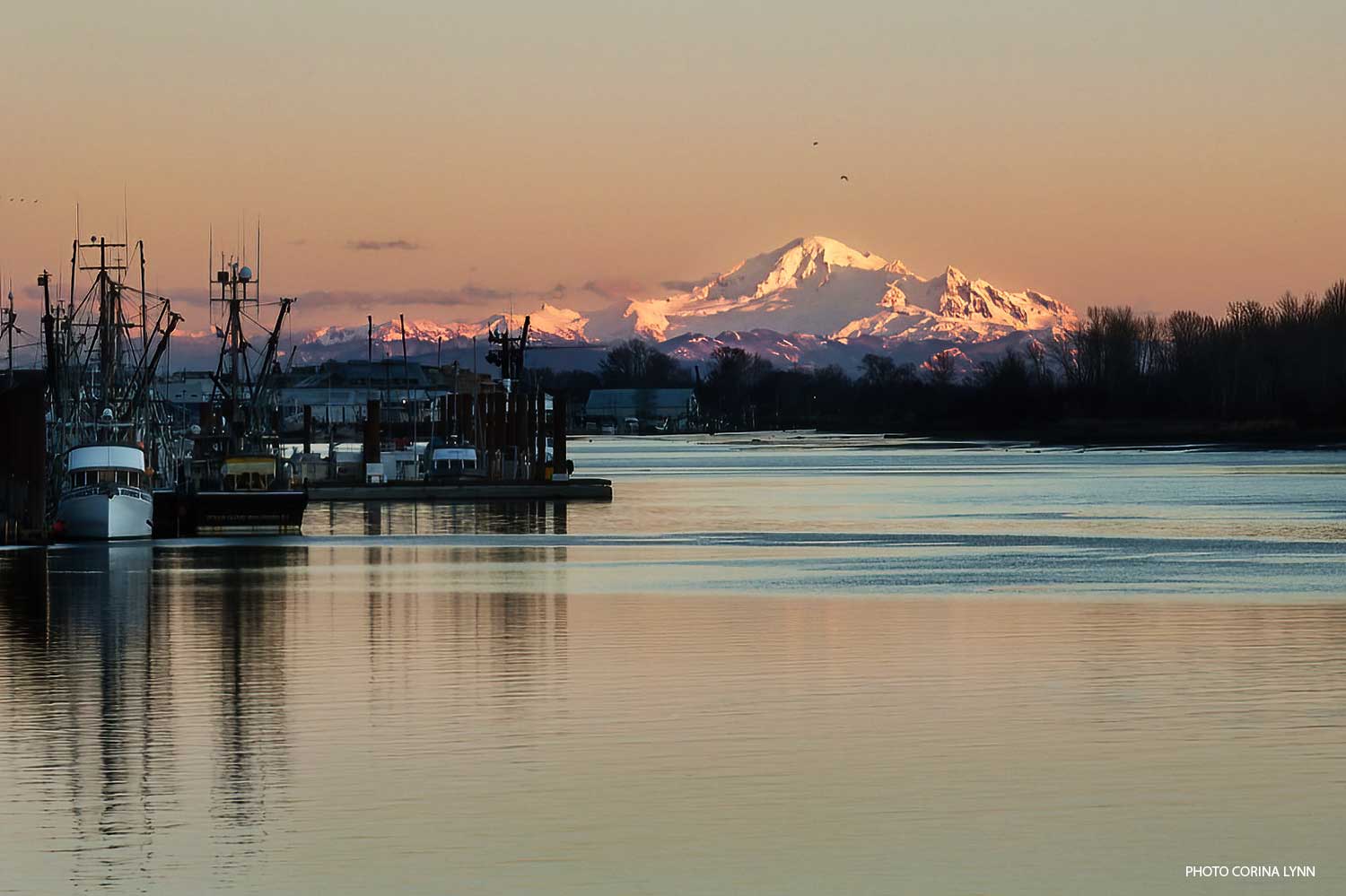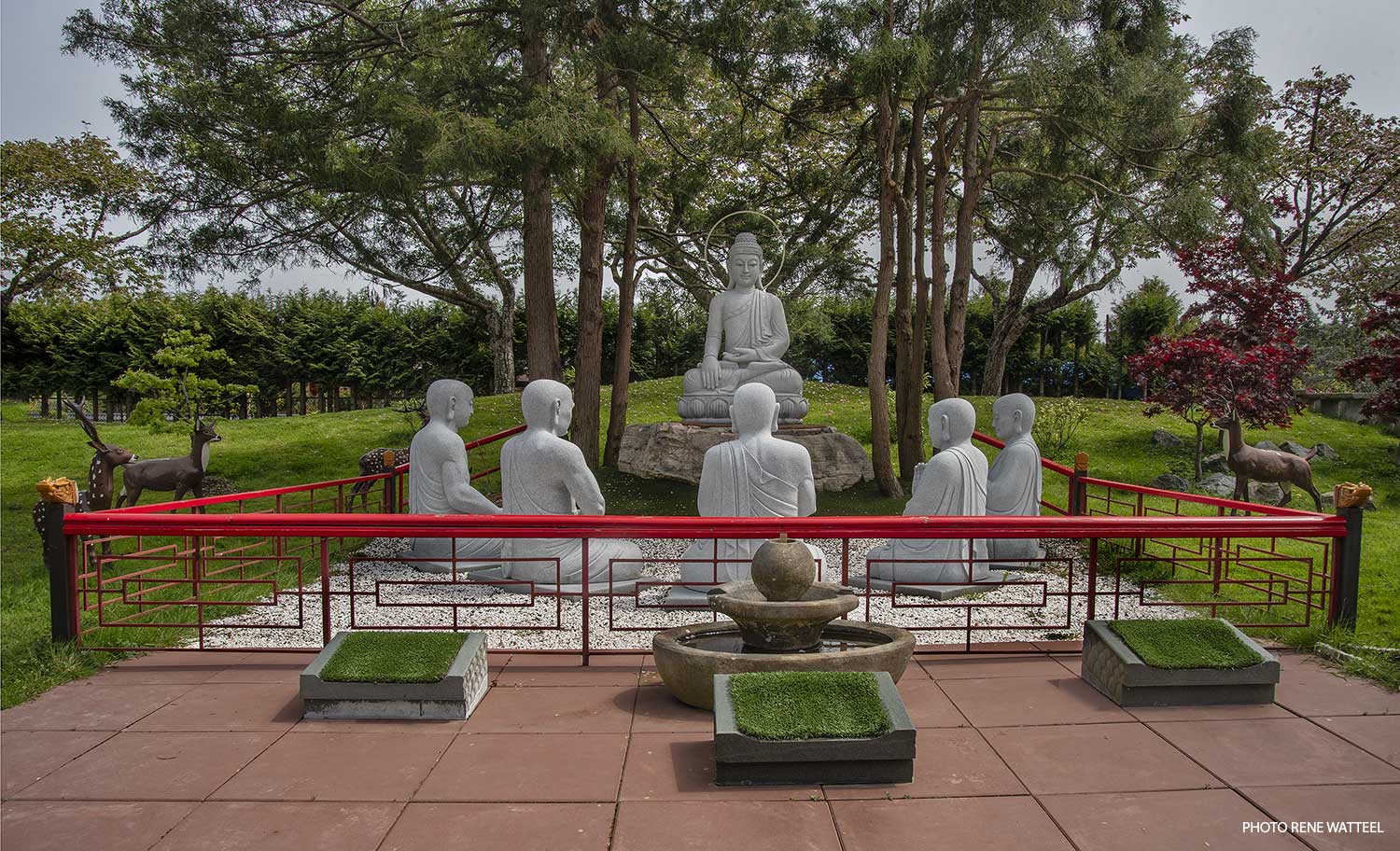About Richmond
Located directly south of Vancouver on the west coast of Canada, Richmond is an exciting multicultural urban environment surrounded by beaches, parklands, and trails. It is home to the Vancouver International Airport, 15 km from the heart of downtown Vancouver, and just a half-hour drive to United States border.
Number of Clinics
Family Physicians
Nurse Practitioners
“I knew deciding where to establish my family medicine practice would be one of the most important decisions of my life. I researched everything, and in the end it was clear that Richmond would give me everything I wanted and more. I definitely made the right choice, and I feel so lucky to call Richmond my home.”
Richmond Family Physician
Restaurants
Recreation
Transportation
Real Estate
Make Richmond Your Home
It’s not surprising that so many professionals choose Richmond each year to establish their home and careers. With the perfect balance of urban excitement, rural life, and natural beauty, this multicultural mecca really does have it all.
Richmond offers recreational enthusiasts 871 hectares (2153 acres) of parklands, 136 km of trails, and 87 km of cycling paths. The scenic West Dyke Trail spans the coast from north to south and provides a breathtaking walk to start or end your days.
Designed with families in mind, the city is full of great schools, playgrounds, and activities for kids. It is also home to Kwantlen Polytechnic University and Trinity Western, and is close to Langara College, BCIT, University of British Columbia, Simon Fraser University, Capilano University, and the Emily Carr University of Art + Design.
Well connected by public transit, the Canada Line SkyTrain will deliver you to downtown Vancouver within half an hour, even in peak traffic. Homes tend to include backyards and driveways for your vehicles, and real estate is approximately 60 per cent of what you would pay for similar properties in Vancouver.
Every day, thousands of people flock to Richmond specifically to savour the incredible selection of food. One of the most multicultural cities in Canada, you will find authentic Chinese, Vietnamese, Indian, Thai, Malaysian, Japanese, Italian, and Greek offerings, to name just a few. It is also a shopper’s paradise, with countless upscale boutiques, artisan shops for local handmade items, vast shopping malls, designer outlet stores, shopping centres with an Asian focus, the famous Richmond night market, and the iconic Ikea furniture store.
A legacy of the 2010 Winter Olympic Games, the Richmond Olympic Oval is an exciting facility for athletes of all skill levels. With Olympic-sized ice rinks, the high-performance athletic centre, multi-sport courts, and an impressive climbing wall, this world-class complex welcomes children, youth, and adults to train alongside Canada’s athletic elite.
The heritage fishing village of Steveston is the perfect place to stroll with friends and enjoy classic pub culture, fine local craft beers, artisan shops, fish and chips, museums, and the fish market, where you can leave with the catch of the day.
Spiritual seekers will be thrilled to explore Richmond’s famous Highway to Heaven and the documentary film of the same name. This stretch along Number 5 Rd in East Richmond boasts 25 different houses of worship, including the second largest International Buddhist Temple in North America.
Population
230, 584 in 2022
Size
129.7 km2 (49.76 sq mi)
Best features
- diverse Asian culture and cuisine, including the exciting Richmond Night Market
- breathtaking nature
- captivating history
- the picturesque heritage village of Steveston
- world-class athletic training at the Richmond Olympic Oval
- home to the Vancouver International Airport and just 30 minutes to downtown Vancouver by SkyTrain
Newcomer’s Guide to British Columbia
Moving to a new country or region can be challenging. You may have many questions. The B.C. Newcomers’ Guide will help you settle more easily. The guide is available in 13 languages.
History of Richmond
Richmond is a city of islands shaped by the Fraser River and characterized by an abundant fishing history.
Almost 10,000 years ago, the region now known as Richmond rose from the silt deposits of the Fraser River. By about 1500 BCE, Members of the Musqueam First Nation had established the ancient fishing village of c̓əsnaʔəm, which became a base to one of the largest ports in the world. Over time, members of the Tsawwassen and Kwantlen First Nations also shared this land. While approximately 2000 people lived there during winter months, that population ballooned to 20,000 in the busy fishing harvest seasons.
Settlers arrived in the region about 250 years ago and brought with them the smallpox epidemic, which triggered the genocide that wiped out approximately 75 per cent of the Indigenous population. Many more were driven out when their fishing grounds were jeopardized, or with the cultural genocide orchestrated by the residential school system. Today, only two per cent of the region’s population identifies as Indigenous.
By the 1860s, European settlers were populating the river’s edge and moving around by boat. Establishing farms meant clearing trees, creating dykes, and draining land that is still known today for berries, cranberries, vegetables, dairies, grain, and feed crops. The city was incorporated in 1879 and its abundant fisheries, canneries, and boat-building facilities put Richmond on the map. Steveston became the heart of the fishing industry and attracted Japanese fishermen and Chinese railroad builders to its shores. This early Asian influence thrives today and gives Richmond a unique character not found anywhere else in North America.









































